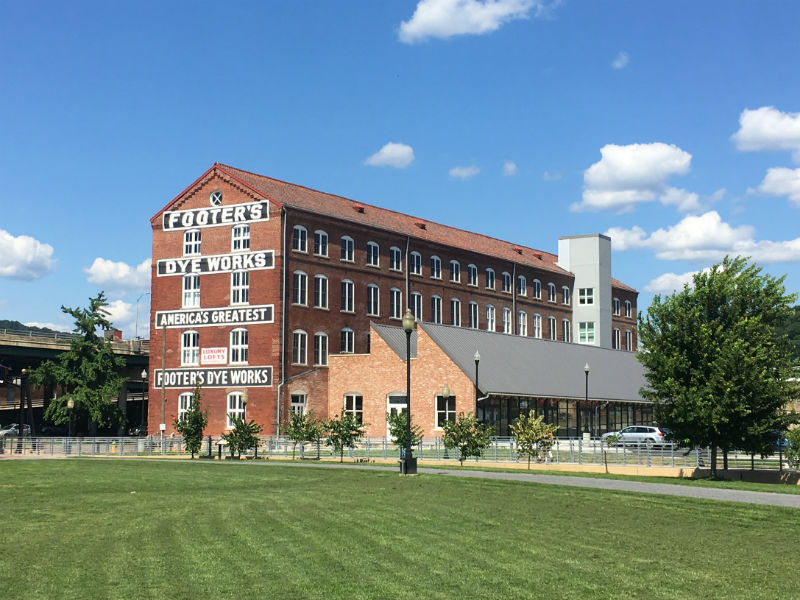Adaptive reuse projects can foster renewed vitality and transform communities. Additionally, adapting buildings for new uses while maintaining their historic features is an effective way to reduce sprawl development and its environmental impacts. Case studies of two high-profile adaptive reuse projects will be presented at this session of the Old Line State Summit: Cumberland’s Footer Building by Michael Joy of Joy Development and Baltimore’s Union Mill by Evan Morville of Seawall Development Company.
Free Resource: Preservation Maryland is pleased to provide access to the presentations given at the Old Line State Summit.
SESSION SUMMARY
Adaptive reuse projects can foster renewed vitality and transform communities. Additionally, adapting buildings for new uses while maintaining their historic features is an effective way to reduce sprawl development and its environmental impacts. Case studies of two high-profile adaptive reuse projects will be presented at this session of the Old Line State Summit.
The first of these projects is Cumberland’s Footer Building. The case study will be presented by Michael Joy of Joy Development. The Footer Building was built in 1906 and is the last of a large complex of industrial buildings that housed Footer’s Dye Works. Throughout the 1920’s Footer’s Dye Works was one of the dominant cleaning and dyeing establishments in the mid-Atlantic region. At its peak, Footer’s employed as many as 500 people and named the White House among its many clients. Today the Footer Building is being transformed into a mixed-use development to include a brewpub, restaurant space, and loft apartments.
A case study of Baltimore’s Union Mill will be presented by Evan Morville of Seawall Development Company. Built in 1866, Union Mill was once the largest producer of cotton duck in the world and Maryland’s largest stone mill. Union Mill has been redeveloped in accordance with current green building standards after decades of neglect. The building now houses offices for a community of non-profit organizations, commercial space, affordable residences for teachers, and a resource room and fitness center for the resident educators.
Learn from experienced real estate developers about the unique opportunities and challenges presented by each of these projects during this session of the Old Line State Summit to be held on July 24, 2019 at the Delaplaine Arts Center.
MEET THE SPEAKERS
MICHAEL JOY
JOY DEVELOPMENT
Michael Joy has over three decades of experience in the Mid-Atlantic States developing and building successful residential communities. His company Joy Development has been instrumental in transforming communities and preserving the structures that define the rich histories of those communities, including historic buildings in Cumberland and Frostburg, Maryland.
EVAN MORVILLE
SEAWALL DEVELOPMENT
 Evan Morville has been with Seawall Development Company for over a decade. Evan is responsible for all design, development, and construction aspects of Seawall’s projects. Tackling the daily challenges of historic redevelopment, Evan prides himself and Seawall on creating a collaborative and integrated process by including community stakeholders, the design and construction teams, as well as local municipalities to produce award-winning projects. Prior to joining Seawall, Evan spent 12 years with a local land development company rising to the position of Vice President of Acquisition.
Evan Morville has been with Seawall Development Company for over a decade. Evan is responsible for all design, development, and construction aspects of Seawall’s projects. Tackling the daily challenges of historic redevelopment, Evan prides himself and Seawall on creating a collaborative and integrated process by including community stakeholders, the design and construction teams, as well as local municipalities to produce award-winning projects. Prior to joining Seawall, Evan spent 12 years with a local land development company rising to the position of Vice President of Acquisition.

